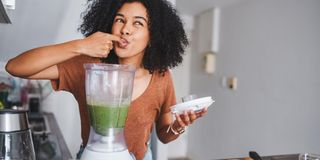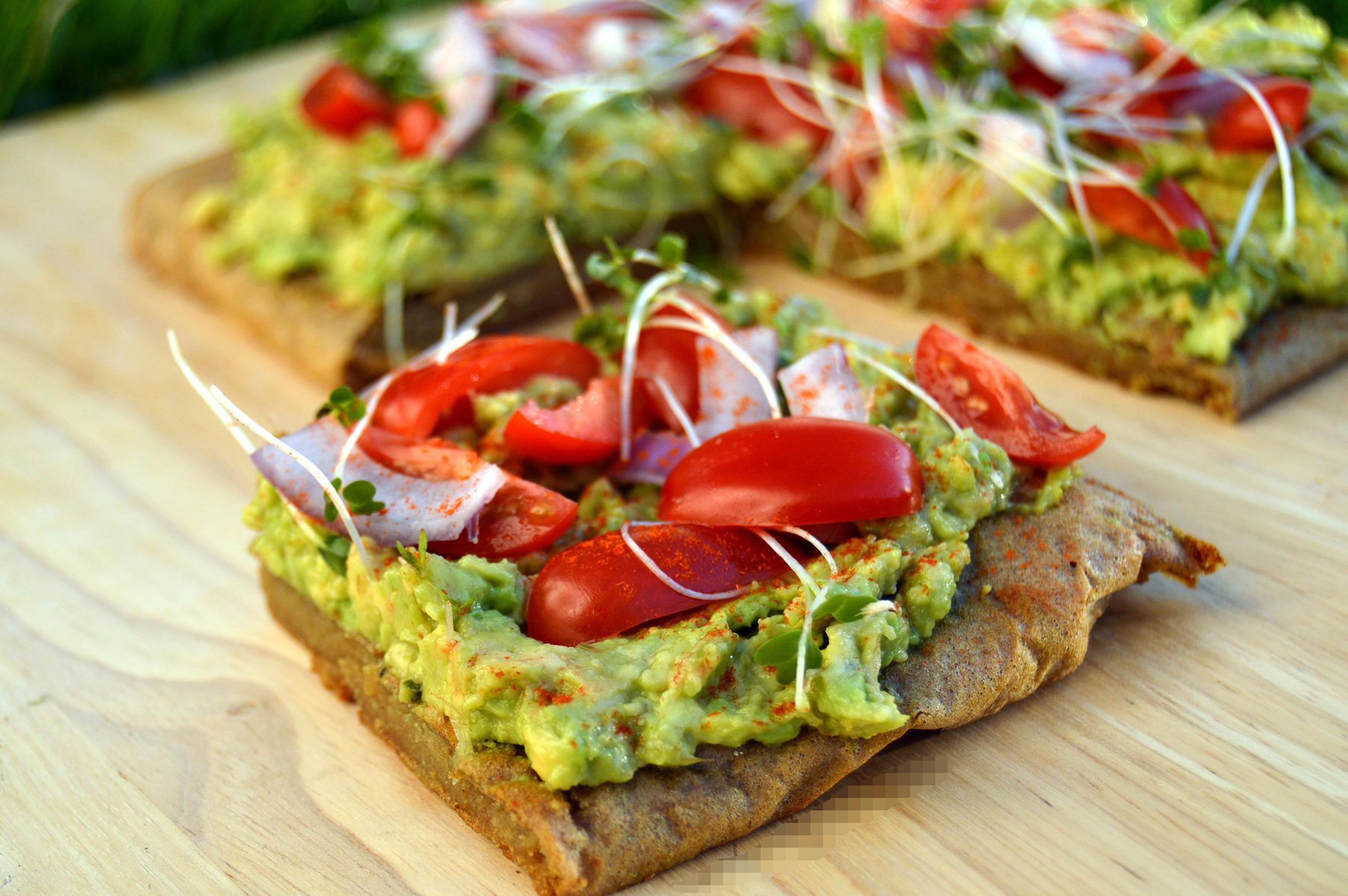When does a smoothie become healthy?

When making smoothies, make sure they are healthy. PHOTO | GETTY IMAGE
The first ever smoothie I made was a combination of plain yoghurt, a little milk and a banana. It was yummy. I could never get enough of it. My cousin loved it too, but would add a little sugar when we were not watching.
Smoothies have a wide range of ingredients ranging from fruit such as bananas, apples, mangoes and vegetables such as spinach, avocado and beetroot. You can also work with nuts and seeds such as peanut butter, chia seeds, herbs and spices such as ginger, cinnamon, cocoa powder, basil, and sweeteners such as honey, syrup, sugar, name it.
A smoothie is a drink made by puréeing fruit and vegetables in a blender. and often often has a liquid base such as dairy products such as milk and yoghurt.
For many healthy eaters or those trying to watch their weight, these smoothies are a go to.
According to eatthis.com, drinking a smoothie every day seems a good idea since one can pack so many fruits and vegetables into one easy-to-drink beverage.
Conversely, the purpose for making the smoothie matters. For instance, if you want to lose weight there are some fatty ingredients you must not add. Otherwise, it becomes unhealthy.
When can smoothies be unhealthy?
Felista Nakasiita, a nutritionist at Nsambya Hospital, says there are several ways smoothies can be unhealthy.
Allergic ingredients
One of the most obvious negative sides to smoothies is when one adds something that might spike allergies in their system. For example, if someone adds milk for someone who is lactose intolerant or nuts when one is allergic to nuts, it could cause serious health issues.
Sugars
Adding table sugar to a fruit loaded smoothie increases the risk of consuming too much sugar and calories as fruits already have naturally occurring sugar.
According to healthline.com, added sugar reduces the nutrient density of smoothies. Furthermore, routinely consuming too much added sugar may increase your risk of chronic ailments such as heart disease, diabetes, and liver disease.
Nakasiita says consuming too many calories in a day may also lead to obesity.
“When making smoothies at home, use whole fruits, such as a ripe banana, to add sweetness instead of honey or maple syrup. When buying pre-made smoothies, try to limit or avoid added sugar, mainly focusing on smoothies that include whole foods such as fruits and veggies,” experts advise.
‘Smoothie diet’
Nakasiita says that smoothies made purely of whole fruits, vegetables and low fat dairy products are wonderfully healthy and nutritious. However, a ‘smoothie diet’ is not ideal because one may fall short of meeting daily intake of certain nutrients such as protein leading to nutrient deficiencies.
While we need fruits and vegetables, we also need to eat high fibre, wholegrain for carbohydrates, beans, pulses, fish, eggs, lean meat and other protein foods, as well as low fat dairy products and small amounts of healthier, unsaturated fats to balance the diet.
Making smoothies healthy
When making smoothies, be cautious of one’s food allergies. There are at least three types you can choose from; fruit smoothies, green smoothies and protein smoothies.
To avoid added sugars in one’s smoothie, Nakasiita advises one to choose unsweetened (plain) yoghurt as a liquid base to avoid too much sugar.
Too much of anything
Too much of anything is always bad, especially sugary packed smoothies.
According to eatthis.com, smoothies are often packed with carbohydrates and are a liquid form of food, causing quicker digestion. We easily consume things in liquid form than solid form, causing us to eat more than intended.
Fruits and vegetables should also be properly washed to avoid food poisoning, according to Nakasiita.
A smoothie may be healthy or poisonous depending on the ingredients one uses to make them.




